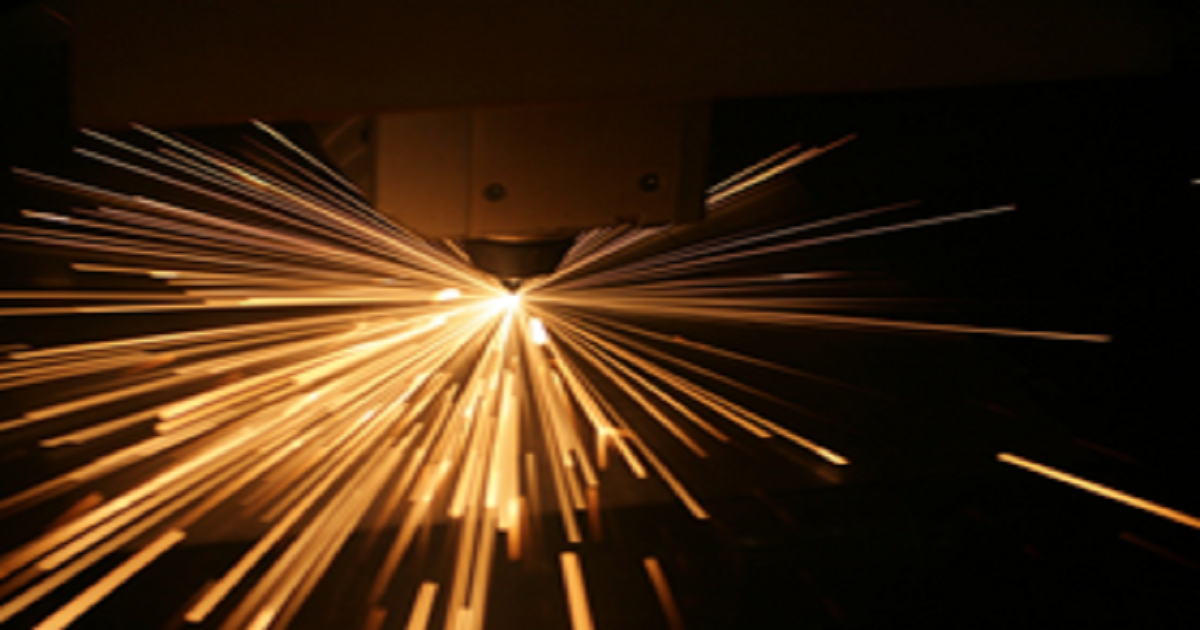- 2.5Impact Factor
- 5.5CiteScore
- 20 daysTime to First Decision
Modelling of Thermal, Diffusion and Mechanical Processes in Welding and Heat Treatment
This special issue belongs to the section “Applied Thermal Engineering“.
Special Issue Information
Dear Colleagues,
Welding is a key technology in the manufacture of pressure vessels and pipelines in the petroleum, chemical, and nuclear power industries. However, as a weak position, welded joints are prone to premature failure, which has an important impact on the structural integrity and safe service of pressure equipment. The residual stress caused by welding and the non-uniformity of the local microstructure properties of welded joints are important reasons that affect the intrinsic safety of equipment. As the main means to eliminate welding residual stress and improve the microstructure and comprehensive properties of joints, post-welding heat treatment is the key to ensuring high reliability and a long service life of pressure equipment, so it is very important to study the post-welding heat treatment process and its influence on joint properties. The purpose of this Special Issue is to examine recent contributions in the field of welding heat treatment. Topics of interest include but are not limited to the following: welding and heat treatment processes; welding and heat treatment effect evaluation and life prediction; welding heat treatment experiments; theoretical and simulation analysis; residual stress relief and improvement of welded joint microstructure; measurement techniques; etc.
Dr. Bin Yang
Dr. Davide Mombelli
Guest Editors
Manuscript Submission Information
Manuscripts should be submitted online at www.mdpi.com by registering and logging in to this website. Once you are registered, click here to go to the submission form. Manuscripts can be submitted until the deadline. All submissions that pass pre-check are peer-reviewed. Accepted papers will be published continuously in the journal (as soon as accepted) and will be listed together on the special issue website. Research articles, review articles as well as short communications are invited. For planned papers, a title and short abstract (about 250 words) can be sent to the Editorial Office for assessment.
Submitted manuscripts should not have been published previously, nor be under consideration for publication elsewhere (except conference proceedings papers). All manuscripts are thoroughly refereed through a single-blind peer-review process. A guide for authors and other relevant information for submission of manuscripts is available on the Instructions for Authors page. Applied Sciences is an international peer-reviewed open access semimonthly journal published by MDPI.
Please visit the Instructions for Authors page before submitting a manuscript. The Article Processing Charge (APC) for publication in this open access journal is 2400 CHF (Swiss Francs). Submitted papers should be well formatted and use good English. Authors may use MDPI's English editing service prior to publication or during author revisions.
Keywords
- welding and heat treatment
- residual stress
- mechanical property
- forming
- simulation
- model
- measurement

Benefits of Publishing in a Special Issue
- Ease of navigation: Grouping papers by topic helps scholars navigate broad scope journals more efficiently.
- Greater discoverability: Special Issues support the reach and impact of scientific research. Articles in Special Issues are more discoverable and cited more frequently.
- Expansion of research network: Special Issues facilitate connections among authors, fostering scientific collaborations.
- External promotion: Articles in Special Issues are often promoted through the journal's social media, increasing their visibility.
- e-Book format: Special Issues with more than 10 articles can be published as dedicated e-books, ensuring wide and rapid dissemination.

